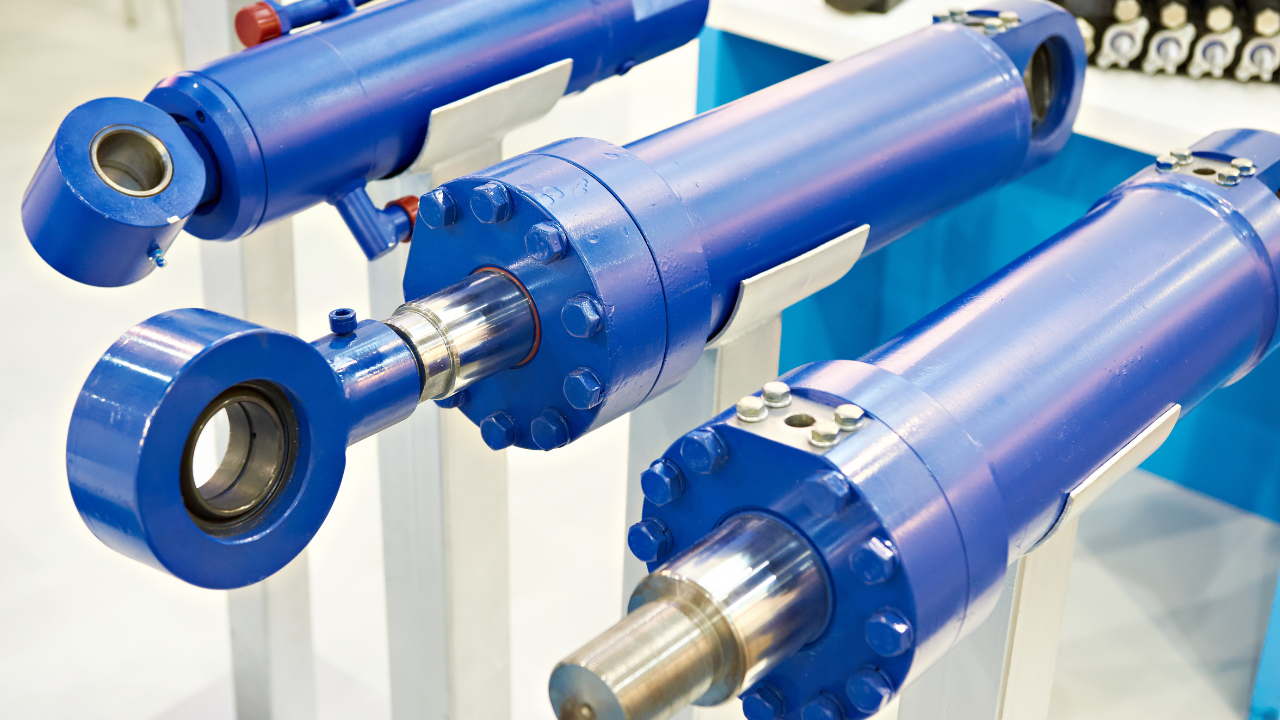Collecting Good Vibration Data 2 – Sensor Mounting Pads and Frequency Response
Besides assuring one is always collecting data in the same location, sensor pads also provide higher quality data, especially at higher frequencies. One problem with using a sensor with a magnet mount is that one can never be sure that data is being collected in the same location every time, nor can one be sure the magnet is making good contact with the test surface. This is especially true if the surface is curved, painted or dirty. Sensor pads for use with magnets help to resolve both of these problems. In the best case however, most magnetic mounts will only provide valid data up to about 2 to 3 kHz. The best case is when they are used with a smooth, clean sensor pad.
Threaded sensor pads are even more beneficial. First because they can be used with a triaxial sensor which reduces the number of times the sensor must be moved and therefore the total data collection time. Second because they provide more reliable data at higher frequencies. Threaded bronze or stainless steel sensor pads will deliver valid data up to about 7 kHz in the direction radial to the pad and slightly lower in the other axes if a triaxial sensor is being used. Data is more repeatable as it is easier to be certain the sensor was well seated in the pad.
Click here to read part 1: Collecting Good Vibration Data 1 – Test Locations
Related Articles

Proactive Maintenance for Hydraulic Cylinders





